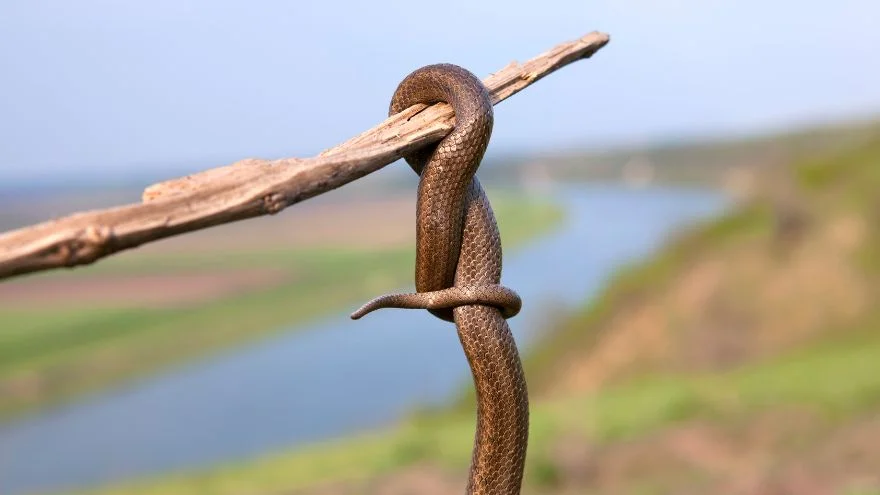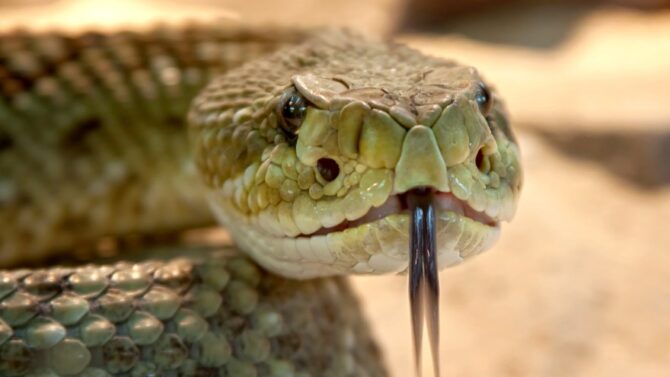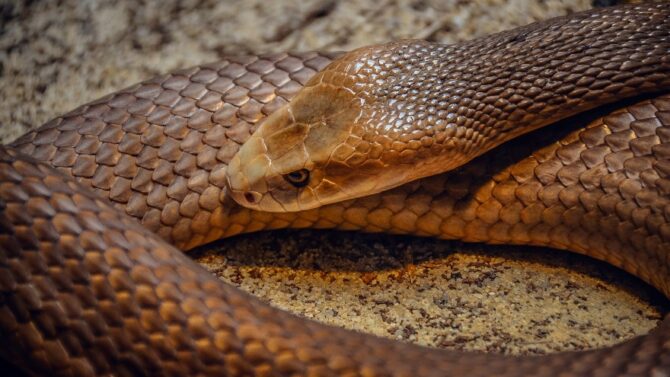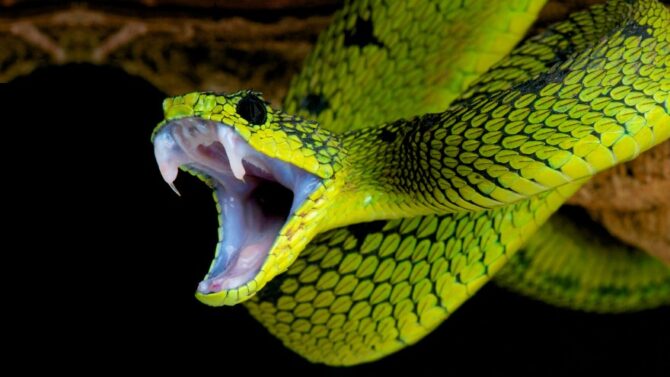Snakes have a unique form, and it is hard to know what the different parts of the body are.
Unlike other animals (even many other reptile species) that have well-defined limbs and a tail, snakes are narrow and long, making us only sure of its head. This begs the question, do snakes have tails?
Yes, snakes have tails, and though you may not notice it at first glance, the tail can be distinguished from the rest of the snake’s body. This tail has numerous functions, and as such, it is an important part of their body.
This article will focus on the snake’s tail and will give a brief understanding of a snake’s anatomy.
We’ll also figure out what roles the tail plays to the snake, and answer some other pressing questions any enthusiast out there might have.
Overview of the Snake’s Anatomy
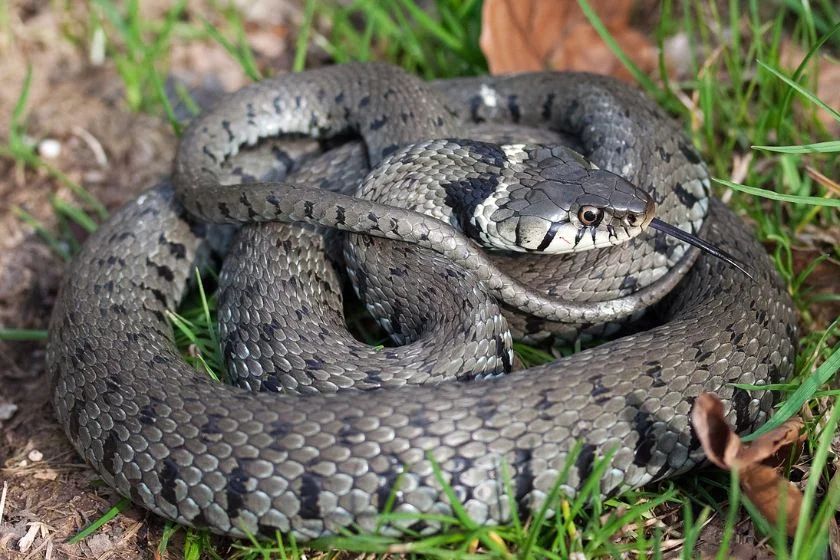
Snakes are not the only animals that crawl on their bellies, but that doesn’t make their body structure less interesting.
What’s more, with over 3,500 snake species today, there’s bound to be some uniqueness amongst these species. We’ll focus on the common grounds.
The snake’s body is generally divided into four quadrants. The first quadrants regroup the head, esophagus, heart, and trachea.
The parathyroid glands, thymus, thyroid, and glottis all fall under the first quadrant too.
The second quadrant moves on from the esophagus. It regroups the stomach, the liver, and the left lung. (Most species of snakes have one lung, so the left lung is usually absent except for the boas the pythons).
The third quadrant holds the gallbladder, spleen, gonads, pancreas, and right lung (which all species have).
Besides boas and pythons, snakes have the spleen and pancreas fused to form a splenopancreas.
The fourth and final quadrant covers the area that falls between the small and large intestine, kidneys, cloaca, and hemiphenes.
Boas and pythons differ from other serpents in this quadrant by possessing a cecum.
But what about the tail?
Do Snakes Have Tails?
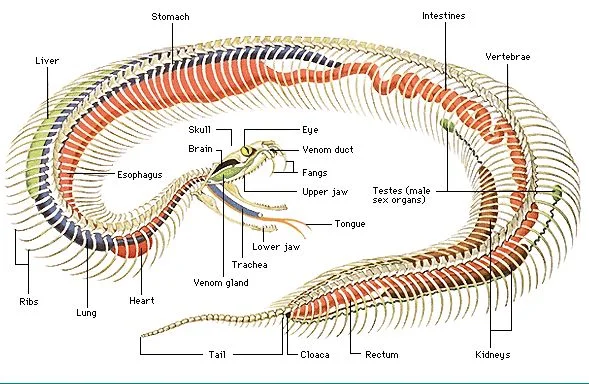
The snake’s tail is prominent, so once again we attest that this reptile has a tail. The tail is located in the fourth quadrant and it starts at the cloaca, the hole they use to defecate, release and reproduce.
That the tail is prominent doesn’t make it easy to figure out. Lizards, crocodiles, and alligators have bodies that look different from the tail, but it is not so for snakes.
The easiest to know this is through a study of the snake skeleton or by getting closer to it to see where the ribs end.

But as many of us don’t have these opportunities, simply know that the tail is always located at the bottom of the snake.
Snake species have different tails, some more unique than others. These tails are adapted for different roles, from camouflage to protection.
What Do Snakes Use Their Tails For?
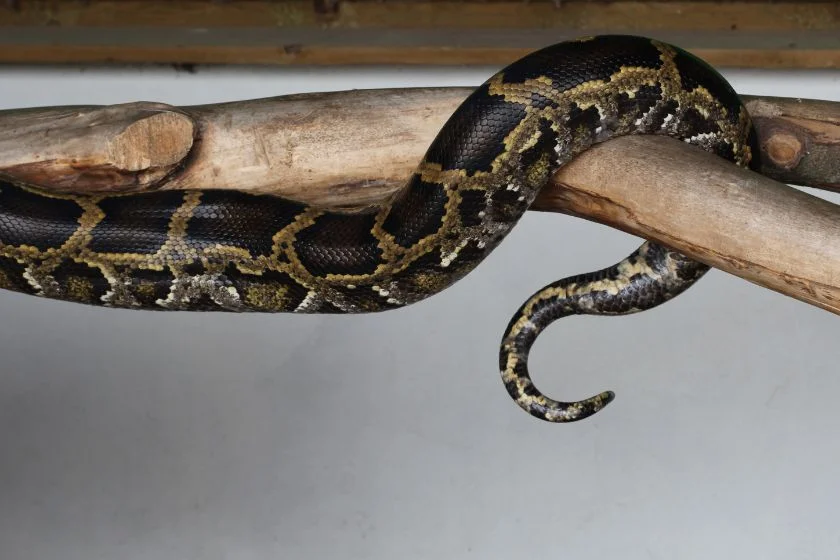
Tails are to snakes what limbs are to humans, and without them, this reptile will be at a great disadvantage.
Tails have different functions, and because they have neither arms nor legs the tail makes up for this.
Here are 5 main functions of the snake tail:
Luring Prey
Snakes hunt using different tactics, one of which is termed “caudal luring.” It uses its tail to deceive a prey into drawing closer before it strikes.
They do this by using their tails to act like the animal an intended prey would want to eat.
Let’s say the serpent plans on having a lizard for lunch. It may pose its tail to look like a worm so the lizard will draw closer before it pounces.
The spider-tailed horned viper is a master at this. As the name implies, this viper has a tail shaped like a spider.
It poses this tail like a living spider to draw in unsuspecting birds and rodents which it then feeds on.
Another snake that lures with its tail is the Sahara sand viper, which imitates a larva. Any lizard close by would assume it has found a meal, not realizing it is the meal.
Movement
Tails play a big role in the movement, especially the arboreal species. Their tails are prehensile and can grip an object, like a branch.
Tails also help the snake maintain balance on the tree so it won’t fall. Tree snakes aren’t the only species that use their tails for movement, though. Even those on the ground need their tails to move.
Swimming
All snakes can swim, though not all species fancy being in the water. Those that do rely on their tails to navigate the waters and to stay afloat, which isn’t too different from how humans use their legs to thread waters.
It moves its tail in an S-like motion and whips the tail to keep the head above water.
Constricting
While some snakes use their tails as a trap, constrictors use the tail to wrap themselves around the prey and hold it till it dies.
The body and tail work together to restrict the prey from trying to escape.
Protection
Besides hunting for prey, some species also use their tails to ward off predators. A popular example is a rattlesnake, with a tail different from other snakes.
The rattlesnake’s tail is shaped like a rattle and makes a creepy sound when it snakes the tail. This sound is meant to deter predators.
The tree snakes can also move on a tree to run away from predators.
Do Males and Female Snakes both have Tails?

There is no gender without a tail, but the tail length and specific function generally differ.
Male snakes tend to have longer tails than females, and this is because of the role the tail plays for the male. Attached to the male snake’s tail is a hemipenis that it uses to reproduce.
The length of a male snake’s tail matters a lot, and it even increases its attractiveness in mating circles.
Snakes with longer tails have a higher chance of reproducing than those with shorter ones, and snakes without tails can’t reproduce at all.
Are Snake Tails Poisonous?
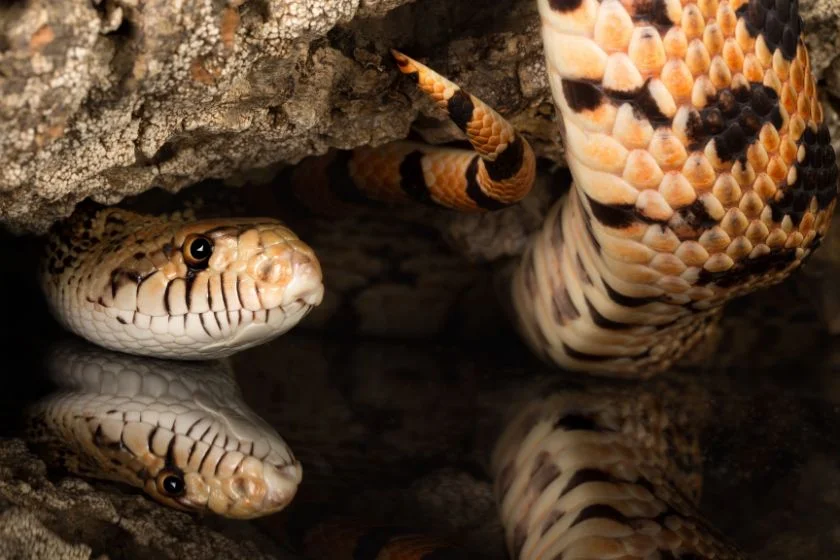
Because animals like scorpions with a poisonous stinger, people assume a venomous snake would also have a poisonous tail.
However, that is a myth. No snake has a poisonous tail, even the species that are considered highly venomous.
The snake’s venom is in a gland called the alveoli that are positioned behind the eyes and below it. Only when it bites someone can it transfer venom to the person.
Can Snakes Grow their Tails Back?
Many snake species can grow their tails back like other reptiles. However, they do not have unlimited opportunities to do this.
The snake can only grow back its tail once in a lifetime, and the new tail won’t have a spine like the old one.
This reptile can live a normal life without its tail, but it would be unable to do what a serpent with a tail can.
The tailless won’t be able to move well, swim, or balance on trees and might find it more difficult to escape from prey. The male snake without a tail would also be rendered sterile.
FAQs
Do all reptiles have tails
All reptiles have tails and the tails of reptiles serve various functions such as protection, balance, movement, energy storage, luring prey, etc.
Summary
Snakes have tails, just like other reptiles. This tail isn’t only for aesthetics, but to help them survive.
Many species use their tails to hunt, swim, climb, and the males even rely on them to reproduce. For a limbless creature, the tail means a lot to snakes.
Also See:
30 Animals With Long Tails (Examples With Pictures)
Featured Image Credit: RussieseO / Getty Images
